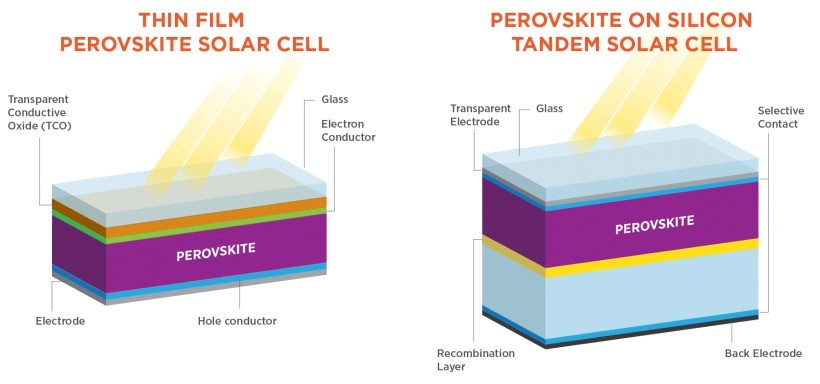7667766266
enquiry@shankarias.in
Prelims – Current events of national Importance | General Science.
Mains (GS III) – Science and Technology- developments and their applications and effects in everyday life.
Why in news?
Recently scientists have developed a water-based recycling solution for perovskite solar cells.

Metal halide perovskites (MHPs) were first discovered by Russian mineralogist L. A. Perovski.
The new water-based recycling process
Stabilizer is a substance that either prevents or slows down reactions, thus enhancing the stability of a system.
|
Quick facts |
|
Carbon-based perovskite solar cells
|